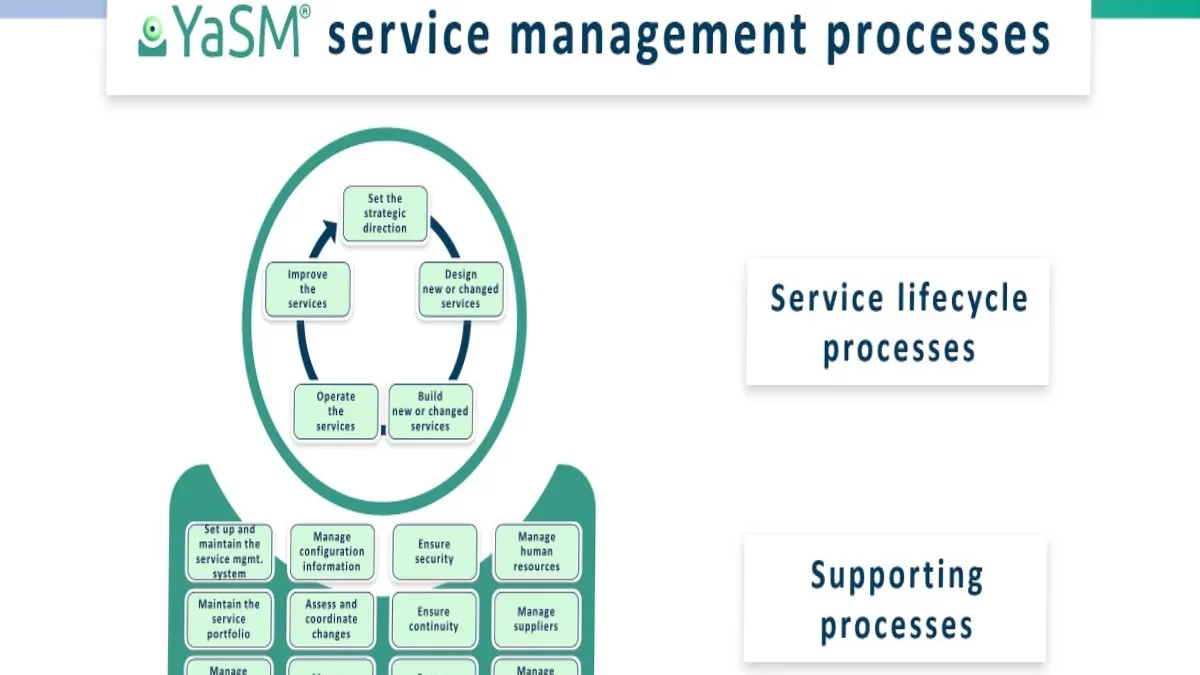Business service management is the new approach that companies are adopting to eliminate different processes that take time and resources by automating their businesses to obtain more significant benefits from IT and improve employees’ lives. This article tells you everything you need to know about business service management.
The world has entered a new era brought about by technology that has raised customer expectations. The digital world is constantly expanding, and companies expect to keep pace by providing ever-evolving products to meet changing market demands.
The new competition has made establishing and maintaining firm control over any business sector a problematic task. It is thanks to the massive dissemination of information generated by the internet.
5 Benefits of Service Management
- Optimize customer service: good management also highlights the hidden opportunities for improvement.
- Increases customer loyalty: it is the action that turns a regular consumer into the best promoter of a brand or business since they do not hesitate to recommend it to their contacts.
- Promote a culture of improvement in all areas of your company: This is very convenient since no process does not need new ways to make it more efficient and straightforward for everyone involved.
- Reduces the costs dedicated to quality: by optimising services, the obstacles that created friction in the processes are eliminated and, therefore, forced to invest more time, personnel, or budget to correct them.
- Upgrading the image of the company or business: in a short time, your company identifies with the best industry service.
To implement service management in a company, it is necessary to know the components that make it up.

Service Management Components
1. Service Strategy
It is the primary point of all elements. Here you define the type of services that the company provides and which channels it will implement to communicate with its customers —whether in particular service moments or in official contact points that send messages about the company (social networks, advertisements on websites, etc.) commercials on television, radio or print media)—; it is also the point where the market strategy establish and the manuals the service personnel will follow when interacting with clients or prospects.
2. Spare parts
Suppose it is possible to replace the parts of an item. In that case, the company must contemplate specific procedures and their management, such as the existence of inventory, delivery times, how to claim the guarantee, and under what conditions.
At the same time, you must manage the availability of the supplier and the forms to request spare parts or if it is necessary to go to the point of sale. It is considered and, therefore, stipulated in a series of actions that the service area must be aware of to give the appropriate guidance to customers.
3. Returns, repairs, and guarantees
Any investment service should provide policies explaining what guarantees are available to customers, whether it is the opportunity to repair, replace, return or reimburse their cost. It is a way of offering confidence in the business. In addition to worrying about delivering a service or product with high-quality standards, he knows how to resolve defects or errors that could arise.
That is why the client must know what options he is entitled to and how to enforce them if the occasion arises.
4. Maintenance services
Depending on the size of the client, the maintenance services will define. For example, when it comes to a B2B business that offers task automation software. Contracting a business or premium license can include periodic maintenance to correct errors, keep the system updated and attend to specific emergencies. However, when it comes to retail sales, this service aspect can be charged as needed. They are clients who do not handle a large volume of information and processes.
In any case, it should take seriously establishing an adequate number of personnel that will take care of maintenance if it is complete remotely, with the support of videos or free guides, or with visits to the clients’ homes (plus questions about how it is done). Collection and billing).
5. Customer management
Before and after the sale are three different deal moments, but they are just as important. The protocols designed for each respond to varying needs since the focus should be on the type of doubts or solutions typical in the processes that correspond to them. An example is what happens from the first contact: you must deliver the information of the services or products and look for the answer that best suits the prospect’s challenges, negotiate, etc.
The 4 P’s of Service Management
The marketing mix concept, or the 4 P’s (Product, Price, Place, and Promotion), is well known and widely used. It creates by Professor Jerome McCarthy in 1960 and is still very relevant. When we think of services, we also have 4 P’s, but specific to these activities:
1. Profile
To offer quality services, it is essential to know the public to which it is offering. Understanding the target audience allows us to create solutions aimed at their needs and, therefore, increase the chances of meeting their expectations.
2. Processes
They involve all activities from the purchase or request, execution, monitoring, and post use. Therefore, the mapping of each one of the processes is of vital importance, defining the paths that the client will take. A BPM tool, ordinarily present in ESM solutions, makes this task more accessible and efficient.
3. Procedures
They consist of how the processes mentioned above will execute. The methods and behaviours used in delivering services define the care patterns. They also guide the behaviour of systems and officials.
4. People
Although systems and machines can carry out parts of processes, the provision of services involves interaction between people. This way, having employees trained and capable of executing the required activities is essential for Service Management’s success. Investing in training and having efficient internal communication will make all the difference in the quality of your services.
Conclusion
Service management places emphasis on optimising services that deliver value to the business. ESM also promotes proactivity by allowing companies to identify and fix problems before users encounter them. Enterprise service management uses automation and analytics to reduce errors while improving your ability to detect when mistakes do occur.
Related posts
Featured Posts
SEO Books – 10 Best SEO Books
A significant first step is to look for the best SEO books to enter the world of SEO if you…
Work From Home – Advantages, Disadvantages, and More
Working from home allows you to manage both home and work at the same time. Working from home is especially…



